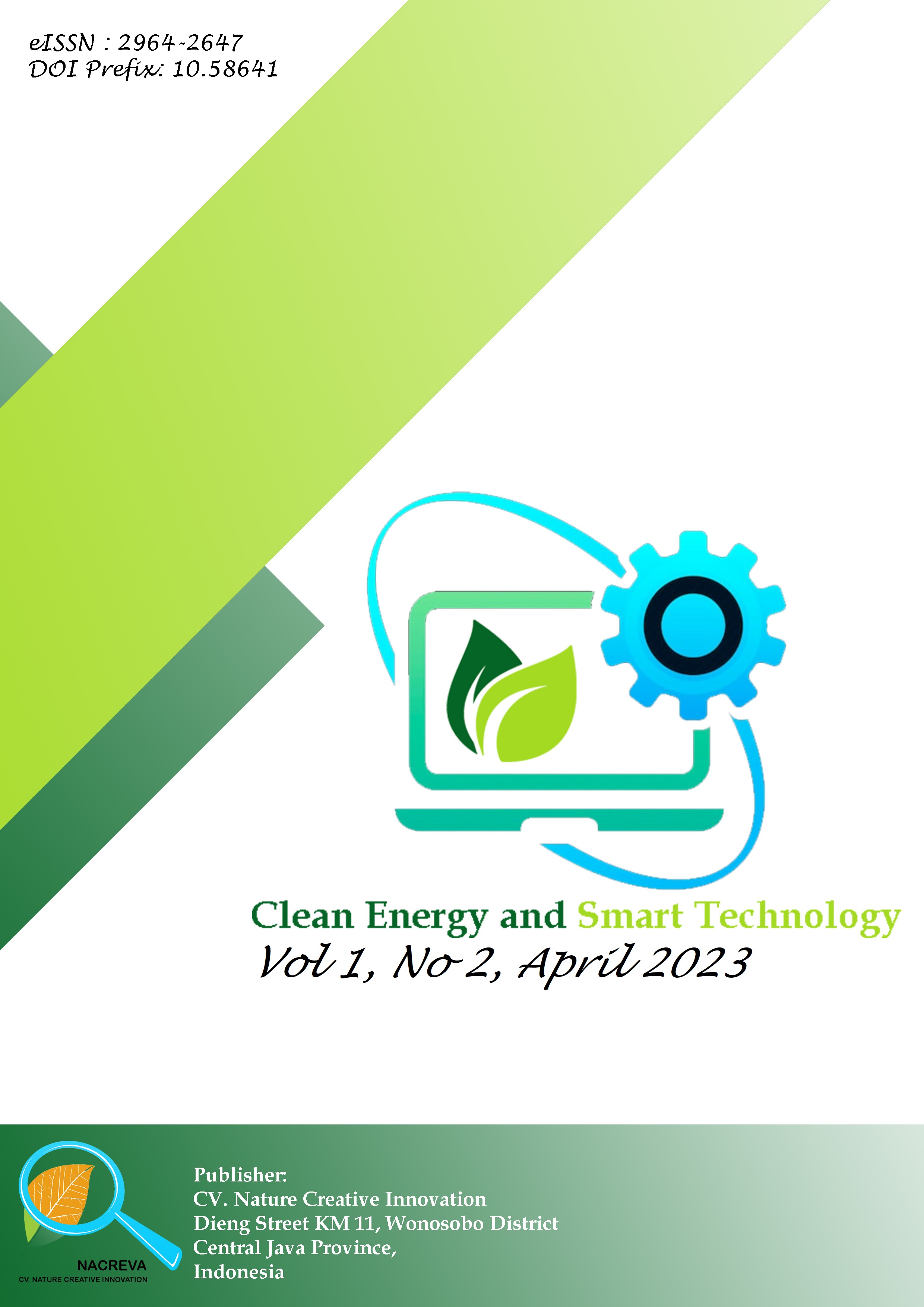OPTIMIZING THE QUALITY OF CHAR BRIQUETTE PYROLYSIS PRODUCTS OF PLASTIC WASTE
DOI:
https://doi.org/10.58641/cest.v1i2.40Keywords:
Waste plastic, char residue, pyrolysis, briquettesAbstract
Recycling process of the plastic waste into fuel in the concept of Waste to Energy is a technology that began to popularize the pyrolysis method. In addition to liquid fuels as the main product , which is produced from the above method is solid and non - condensable gases. Generaly, the residual gas is burned directly , while the solids can be processed into solid fuel (char briquettes) . To process the solids into a char ( fixed carbon + ash ) then it should be the beginning of a process to remove moisture and reduce levels of volatile matter . Despite a volatile fuel but large levels indicate that the pyrolysis process has not been good , besides the burning application will cause soot . Initial research has resulted in the burning of 8 quality test data sample of 13 samples char briquettes obtained by pyrolysis of polyethylene plastic material with an operating temperature variation between 450-500 ° C , as well as mass variations and types of catalysts Zeolite Y and Natural Zeolite . In addition, the variation was also performed by mixing the PE material with the type of Polystyrene , Polypropylene , Polyethylene Terephthalate , and Other . Char characteristics are known through the proximate test include moisture content , ash , volatile matter and fixed carbon , calorific value is tested through the bomb calorimeter . Combustion quality tested in the furnace at a temperature of 230 ° C ± walls and constant air flow of 0.7 m / s , and the measured emission levels .The problem is in the application note that burning briquettes are not optimized , long heating periods indicated , as well as varying levels of CO . Therefore, it is necessary to the optimization of combustion quality will be analyzed through the ultimate test and the effect of porosity.
References
Behzadi,S., dan Farid,M., _, Liquid Fuels From Plastic Wastes in New Zealand,http://www.energyfed.org.nz/SBehzadi11-1.pdf Online 28 Maret 2013.
Cantrel, K.B., Martin, J.H., Ro, K.S., 2010, “Application of Thermogravimetric Analysis for the Proximate Analysis of Livestock Wastes”, http://www.astm.org
Jung, S-H., Cho, M-H., Kim, J-S., 2009, “Pyrolysis Of Post-Consumed Waste Plastics For The Recovery Of Btx-Aromatics Using A Fluidized Bed Reactor”,5th ISFR, Chengdu China, 11-14 Oktober
Lee, K-H., 2012, “Pyrolysis of Waste Polystyrene and High-Density Polyethylene, Material Recycling-Trends and Perspectives” ISBN 978-953-51-0327-1, INTECH, InTech Europe : Croatia, InTech China : Shanghai.
Mulgaonkar, MS., Kuo, CH., Tarrer, AR.,_, Plastics Pyrolysis and Coal Coprocessing With Waste Plastics, Auburn University, Al-36849. http://web.anl.gov/PCS/acsfuel/preprint%20archive/Files/40_3 CHICAGO_08-95_0638.pdf , Online 27Maret 2013.
Paraschiv, M., Kuncsher, R., Tazerout, M., 2009, “Qualitative and Quantitative Analysis of Plastic Waste Pyrolysis Products”,11th ICEST, Cania Greece, 3-5 September
Peraturan Menteri ESDM Nomor : 047 Tahun 2006, Pedoman Pembuatan Dan Pemanfaatan Briket Batubara Dan Bahan Bakar Padat Berbasis Batubara.
Saikia, M.,Baruah, D., 2013, “Analysis of Physical Properties of Biomass Briquettes Prepared by Wet Briquetting Method”, IJERD., Vol. 6, Issue 5, (2008), pp. 12-14
Saptoadi, H.,2008, “The Best Biobriquette Dimension and it’s Particle Size”, Asian J. Energy Environ., Vol. 9, Issue 3 and 4, (2008), pp. 161-175
Shadaka, S.,-, “Pyrolysis”,Iowa State University.Nevada http://bioweb.sungrant.org/NR/rdonlyres/57BCB4D0-1F59-4BC3-A4DD-4B72E9A3DA30/0/Pyrolysis.pdf online : 11 Mei 2013
Sharobem, T.T., 2010, “Tertiary Recycling of Waste Plastics: An Assessment of Pyrolysis by Microwave Radiation”,Thesis, Columbia University.
Smoot, L.D., Smith, P.J., 1985, Coal Combustion and Gasification, Plenum Press, New York.
Sunaryo, Sesotyo, P. A., Saputra, E., & Sasmito, A. P. (2021). Performance and fuel consumption of diesel engine fueled by diesel fuel and waste plastic oil blends: An experimental investigation. Automotive Experiences, 4(1), 20–26. https://doi.org/10.31603/ae.3692
Downloads
Published
Issue
Section
License
Copyright (c) 2023 Clean Energy and Smart Technology

This work is licensed under a Creative Commons Attribution-NonCommercial-ShareAlike 4.0 International License.












